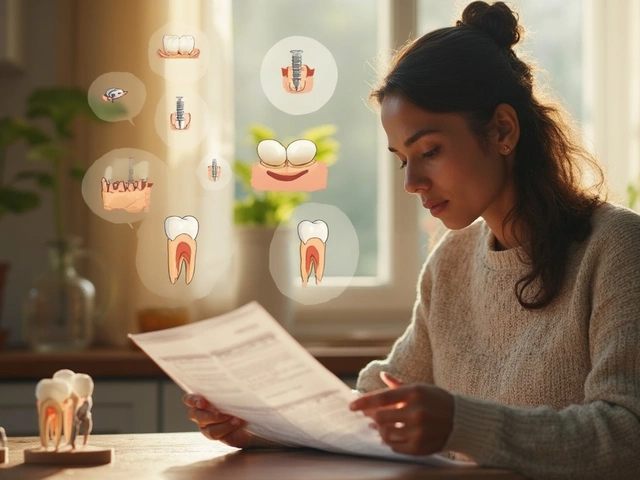ADHD in Adults: What It Looks Like and How to Handle It
Most people think ADHD is only a kids’ issue, but that’s far from true. Around 4‑5% of adults live with it, and many go undiagnosed because the signs can blend in with everyday stress. If you often feel scattered, forget appointments, or struggle to finish tasks, you might be dealing with adult ADHD. The good news? Understanding the symptoms and getting the right help can make a huge difference.
Recognizing ADHD Symptoms in Adults
Adult ADHD doesn’t always look like the hyperactive kid running around a classroom. Instead, it often shows up as:
- Inattention: Missing details, jumping between projects, and constantly needing reminders.
- Impulsivity: Making snap decisions, interrupting conversations, or buying things without thinking.
- Restlessness: Feeling the urge to move, getting bored quickly, or constantly switching tasks.
- Time blindness: Under‑ or over‑estimating how long something will take, leading to missed deadlines.
If these patterns have been around since childhood and still cause problems at work or home, it’s worth getting evaluated. A qualified psychiatrist or clinical psychologist can use rating scales and a detailed interview to confirm the diagnosis.
Effective Strategies to Manage ADHD
Getting a diagnosis is just the start. Managing ADHD is a mix of medication, lifestyle tweaks, and practical tools. Here are some easy‑to‑apply ideas:
- Medication: Stimulants like methylphenidate or non‑stimulants such as atomoxetine work for many adults. Talk to your doctor about side effects and the right dose.
- Structured routines: Use a consistent morning and evening schedule. Even small habits—like checking a planner at the same time each day—train your brain to expect order.
- Digital aids: Apps that break tasks into tiny steps (Pomodoro timers, task managers) keep you from drifting off. Set alarms for key actions.
- Physical activity: Regular exercise boosts dopamine and improves focus. A quick walk or short workout between work blocks can reset attention.
- Mindful breaks: Short, mindful breathing sessions reduce impulsive reactions and help you stay calm during hectic moments.
Don’t forget to share your diagnosis with supportive people at work or home. Simple accommodations—like a quiet workspace or extra time for tasks—can remove many daily roadblocks.
Living with ADHD as an adult isn’t a life sentence. With the right mix of professional help and everyday tactics, you can turn scattered energy into a productive force. Start by noting down the moments when you feel most out of sync, talk to a health professional, and try one of the strategies above. Small steps add up, and you’ll soon see a smoother, more focused routine.





